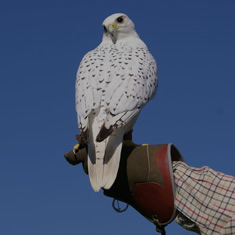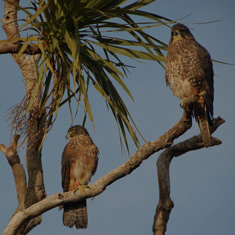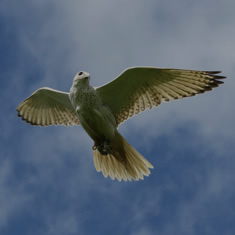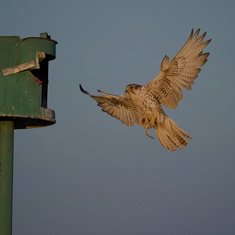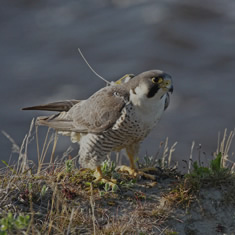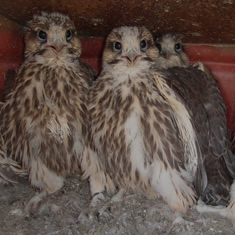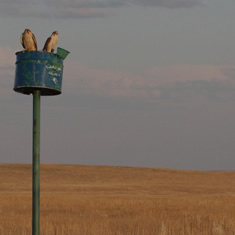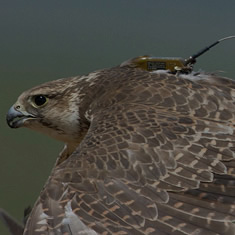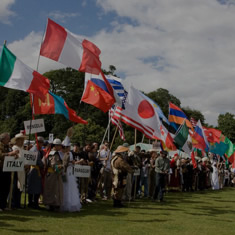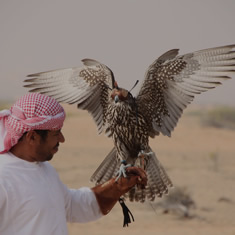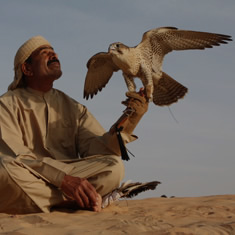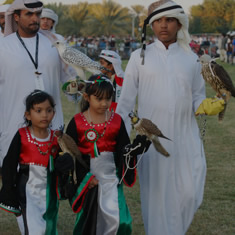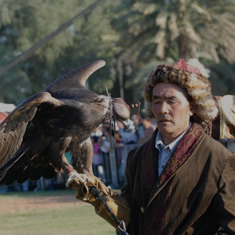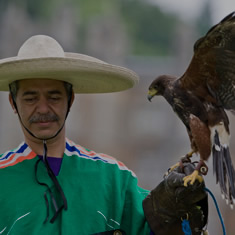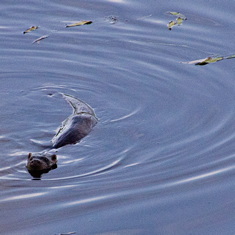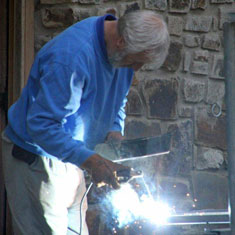- Larch Woodland (<5yrs)
Larch woodland of the nature found on the farm is said to be in the 'Heath Stage' comprising mainly of grass and saplings. At this stage they are particularly valuable sites for ground nesting birds such as pheasant, lapwing, meadow pipit and partridge to name a few. Buzzard, kestrel and short-eared owl may also visit to hunt voles and other small mammals. If, however, coniferous woodland is left unmanaged it can be a particularly dark and gloomy place below the canopy, where only a few species manage to survive. Coniferous woodland is defined by DEFRA in their CS2000 report as being:
..dominated by trees that are more than 5m high when mature, which form a distinct, although sometimes open, canopy which has a cover of greater than 20%. It includes stands of both native conifers (Scots pine) and non-native conifers (larch) where the percentage cover of these trees in the stand exceeds 80% of the total cover of the trees present.’
The photos below illustrate larch woodland in its 'Heath Stage':
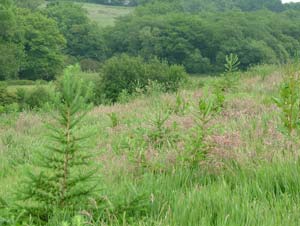
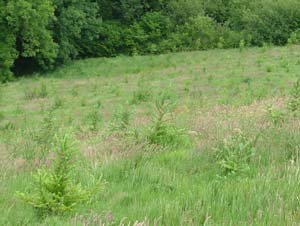
The following table shows the species found here to date:
| Common Name | Scientific Name |
| Speckled Wood | Pararge aegeria |
| Azure Damselfly | Coenagrion puella |
| Common Blue Damselfly | Enallagma cyathigerum |
| Golden-Ringed Dragonfly | Cordulegaster boltonii |
| Cuckoo Spit Insect | Philaenus spumarius |
| Wolf Spider | Lycosa saccata |
| Beaked Parsley | Anthriscus sylvestris |
| Bluebell | Endymion non scriptum |
| Dandelion | Taraxacum officinale |
| Germander Speedwell | Veronica chamaedrys |
| Greater Stitchwort | Stellaria holostea |
| Herb Robert | Geranium robertianum |
| Lady's Smock | Cardamine pratensis |
| Lesser Celandine | Ranunculus ficaria |
| Meadow Buttercup | Ranunculus acris |
| Mouse-Ear Chickweed | Cerastium vulgatum |
| Red Campion | Melandrium dioicium |
| Common Bent | Agrostis tenuis |
| Common Sorrel | Rumex acetosa |
| Creeping Bent | Agrostis stolonifera |
| Perennial Rye Grass | Lolium perenne |
| Red Fescue | Festuca rubra |
| Sweet Vernal Grass | Anthoxanthum odoratum |
| Timothy | Phleum pratense |
Unidentified Species

